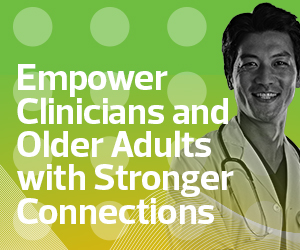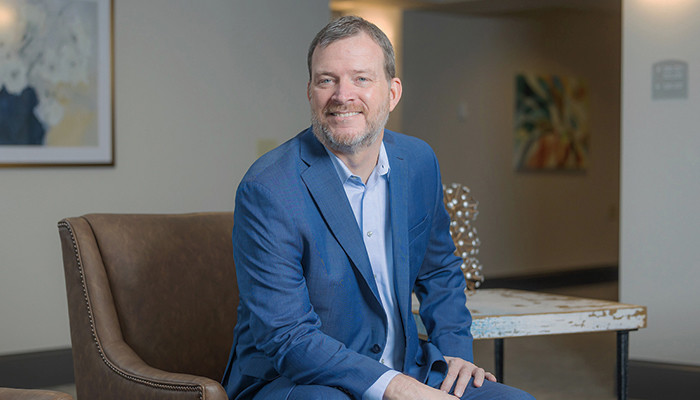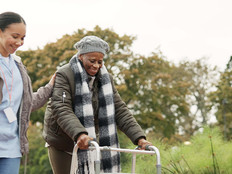Gaming consoles are still a rare sight in UCH communities, and the residents who have them use them primarily to entertain their grandchildren, Tibbitts says. But they help illustrate the way that connected devices, including smartphones, tablets, wearables and smart TVs, have proliferated inside care communities for older adults. Along with demographic shifts, adoption has been spurred in part by the COVID-19 pandemic, which prompted many seniors to turn to video collaboration to stay connected with their families.
Laurie Orlov, founder of Aging and Health Technology Watch, says care communities for older adults must “rise to the occasion” by providing pervasive high-speed wireless connectivity and delivering ongoing training and tech support for residents.
“People moving in are bringing their technology with them, and families expect to be able to communicate with the technology they already use,” Orlov says. “We all live in a world where doing banking, arranging transportation and ordering food all depend on the use of a smartphone or a tablet.”
EXPLORE: Four technologies to improve staff experiences in post-acute and senior care.
Technology Access Improves the Senior Care Experience
At the start of 2022, UCH upgraded its wireless infrastructure, installing 215 Cisco Meraki MR44 Wi-Fi 6 access points across the organization’s long-term care communities. “The deployment helped support our back-office operations, but more important, it provided that resident connection to the outside world to help fight isolation,” Tibbitts says.
UCH also rolled out 180 Apple iPad devices within a few days at the start of the pandemic, a move that Tibbitts calls a “game changer.”
“The pandemic brought monumental obstacles for our seniors, including difficulties accessing safe and secure visits with their physicians,” Tibbitts says. “With the use of the purchased iPad devices, UCH service coordinators were able to schedule virtual appointments for the residents and ensure they had access to their physicians, specialists and families.”
Chief Transformation and Innovation Officer Michael Hughes says senior care communities should involve residents in the selection of new IT solutions.












